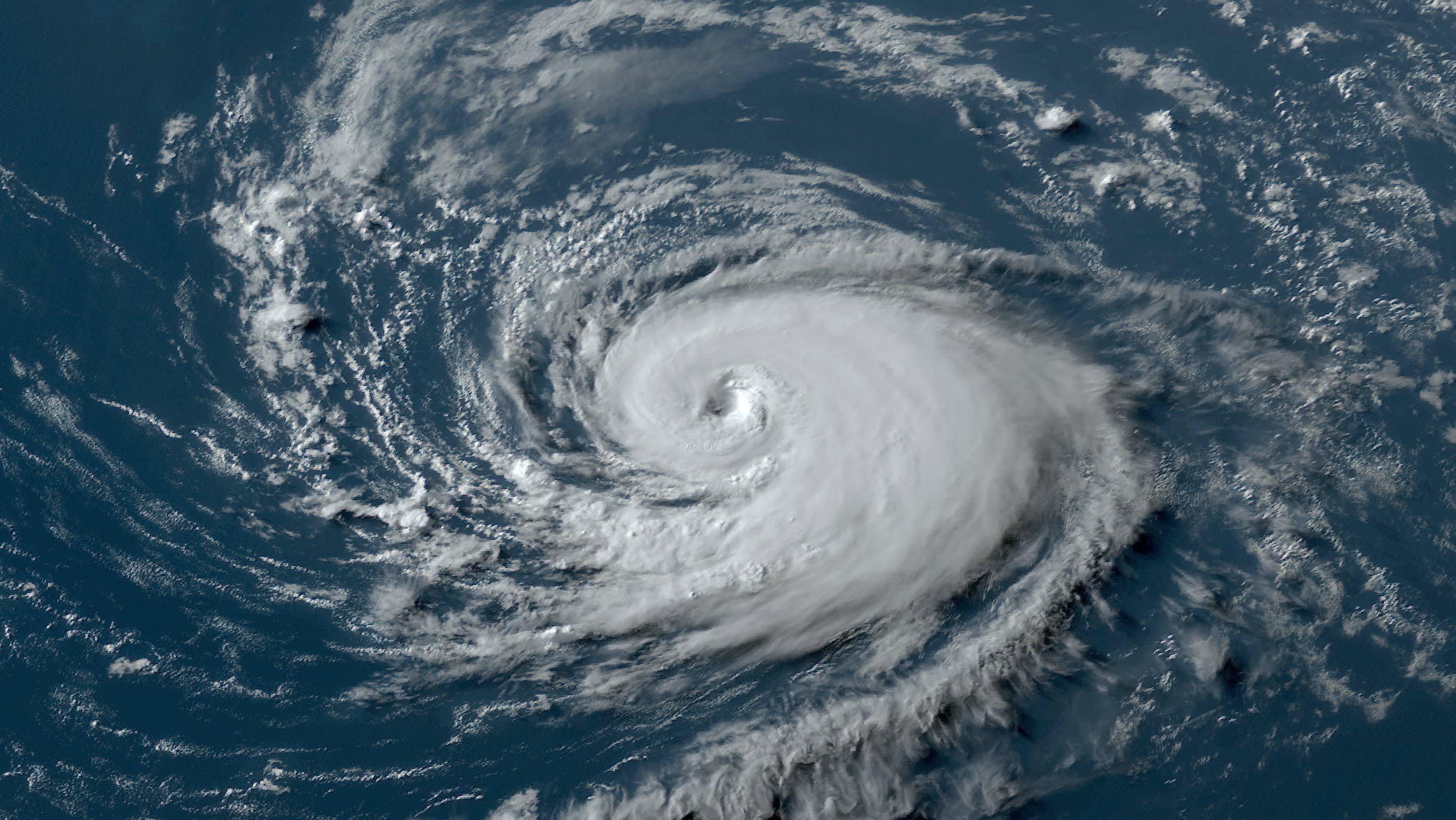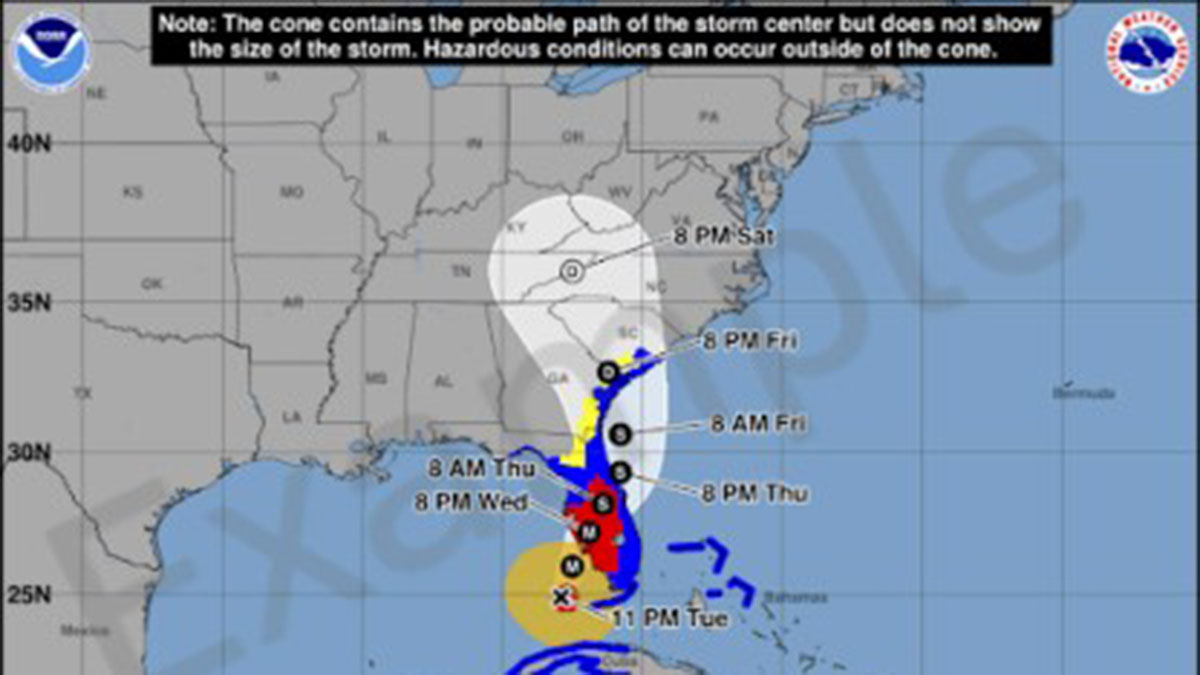The oppressive and downright dangerous heat in Puerto Rico is in the news cycle. It needs to be, as I’ll explain below. But I’m worried that the Puerto Rican heat is a canary in the coal mine for Florida.
First, the heat: since Sunday there have been five record hot temperature readings set at the Luis Muñoz Marín International Airport in San Juan. Record highs have reached the mid 90s, with overnight lows not dipping below 82° and setting record warm minimums.
On the surface, those figures don’t sound too alarming. They’re not far off from what we often experience right here in South Florida. However, the San Juan airport is near a beach and cooler than locations further inland. Temperature readings in cities like Arecibo have reached 100 degrees or hotter this week.
Now factor in the high humidity.
Get South Florida local news, weather forecasts and entertainment stories to your inbox. Sign up for NBC South Florida newsletters.
Dew point temperatures in the eastern Caribbean have been hovering near 80 degrees for parts of this week. The closer the dew point is to the air temperature, the higher the relative humidity is.
High humidity leads to inefficient cooling of the human body, which attempts to keep a more stable internal temperature through the process of perspiration. When it’s very humid, sweat can’t evaporate off the surface of the skin as easily. That’s why meteorologists often talk about the “feels-like” temperature or heat index — which is the value describing the temperature that the body actually feels due to the combined effects of heat and humidity.
When the air temperature is 100° and the dew points is 80°, the heat index reaches 121° F. There have been feels-like temperatures of 125° to 127° this week in Dorado and Culebra, Puerto Rico.
Hurricane Season
The NBC 6 First Alert Weather team guides you through hurricane season
Driving this excessive heat is a heat dome, or a stacked area of high pressure that keeps skies sunny while the air sinks and heats underneath. South to southeast winds also bring warmer air from the deeper tropics.
There’s a Florida connection: the southerly winds in Puerto Rico are related to persistent low pressure here in the Sunshine State and its position in relation to high pressure in the Atlantic. Until these systems break down or their positions change, the heat will continue.
Beyond weather, there are also connections to climate change. Climate Central’s Climate Shift Index shows that the current heatwave in Puerto Rico has been made at least five times more likely due to global warming.
Plus, water temperatures in parts of the Atlantic are the hottest on record. Yes, record hot! Warmer water leads to greater evaporation off the surface of the ocean and higher humidity in the air.
The end result — a dangerous mix of heat and humidity in Puerto Rico.
Could what is happening in Puerto Rico be a harbinger of a bad hurricane season for Florida and the rest of the Atlantic basin? As I wrote at the start of the 2023 season, this could be a year of surprises.
On Thursday NOAA issued an El Niño Advisory, officially declaring that the phenomenon had begun. There’s a decent chance that by the end of the year, it will be classified as a strong El Niño.
If you know anything about El Niño’s impact on the Atlantic hurricane season, you’d normally be jumping for joy. That’s because in El Niño years there are typically fewer and weaker storms in the Atlantic.
The problem is that the sea surface temperatures are so off-the-charts hot. This would have the opposite effect of an El Niño and potentially lead to a hyperactively stormy year.
Nobody seems to have a good handle on whether we’re going to end up with more hurricanes or less. Seasonal hurricane forecasters show a wide range of outlooks for 2023, from a year with at-or-below-normal activity to one with double the average number of hurricanes (as seen in the graphic below).

Regardless of the number of storms that form, a big concern is what will happen to the ones that do? The hot ocean could fuel the development of more major category 3, 4 and 5 hurricanes — a concerning trend that’s already been documented across all of the world’s tropical belt.
There’s a lot to unpack this hurricane season. Excessive heat — in Puerto Rico or elsewhere — is like a lump of coal in our El Niño stocking.
John Morales is NBC6's Hurricane Specialist.



